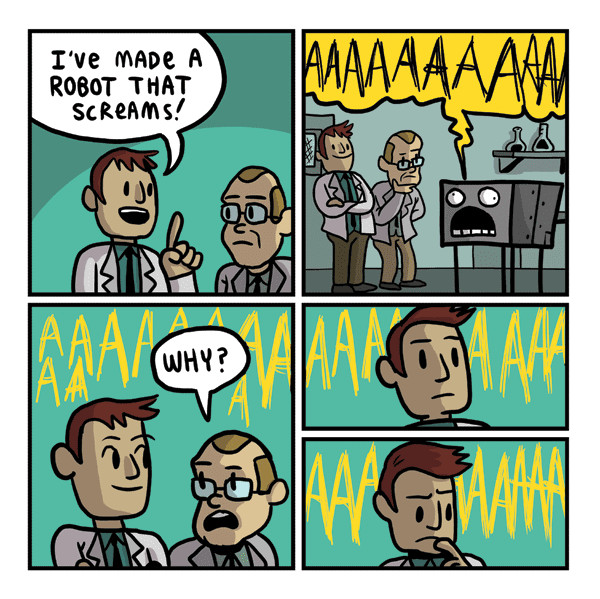Business people and engineers alike make the same mistake when building digital products: they focus on the product. Successful product owners on the other hand focus on the customer.
Executive Summary
To maximize your chances of success when developing a product consider the following approach:
- Define your business goals. Have clarity on what the business is trying to achieve and test all further decisions against these goals.
- Define your target market. Narrow down to the smallest feasible market segment. Get clear on who the user is and what issues you are solving for her.
- List the user actions. Put yourself in your user's shoes and describe each action she takes using your solution to achieve her goals.
- Batch and prioritize user actions to maximize business value. Batch user actions that ensure a complete product from the perspective of the user. Go from seed, to sprout, to tree, not from fully formed tree branch to branch.
Know why the business is investing resources into developing the product.
Is it to increase sales? Is it to generate more leads? Is it to reduce cost by improving operations?
You may have an implicit intuition about it, but it's best to make it explicit in order to get everyone on the same page and to make visible your assumptions.
We once were approached by a pharma company that wanted to build an online medical practice directory where patients could book an appointment. Why? Their goal was to increase sale, and they thought this platform would motivate medics to prescribe more of their products. Here are some assumptions (aka leaps in logic):
- doctors would sign-up on their platform,
- patients want to use a website to find a doctor and book an appointment,
- this platform would work it little to no overhead.
As you can imagine things didn't quite work that way.

Who are your users and what problem are we solving for them?
To make the most of your resources focus on the smallest market segment that makes your business goals feasible.
Make it personal. Take one member of your target and give her a name, age, habits and talk about what she's trying to achieve. The goal here is to empathize with her. A great tool for this is the empathy map.
If you have multiple target users consider focusing on the most promising segment for the first version of your product. Here 'promising' might mean the easiest to acquire, the ones that feel the pain the most or even the user segment with the most money to spend on your solution.
Finally you can watch how the user uses your awesome solution. Okay, you can only imagine it for now, the solution is not built yet. But the point stands: think about and describe each step the user takes in using your solution from the perspective of the user.
💡 Example
Say we want to build a vehicle to transport people.<br/> If we describe it focusing on the product we might come up with the following requirements:
- 🎯 goal: travel 300km over rough terrain (land and water)
- has a capacity for 4 people
- has room for luggage
- goes over land and water
- has an engine
- has lights and wheels
And we end up with the following vehicle. It looks adorable somehow, but we can do better. 
If we describe it from the perspective of the user, we would say something like:
- 🎯 goal: travel 300km over rough terrain (land and water)
- put luggage in vehicle
- get in the vehicle with my friends
- see the travel route to the destination
- travel to destination (optimize for speed)
- celebrate like it's 1999 🎉
Starting from this description we'll surely come up with a better solution than the above. It seems that a helicopter would be a 'technical' solution that would satisfy the user's requirements from above.
From the user actions you, together with the technical team, can figure out the technical tasks. It goes like this: user actions → features → technical tasks
By the end of this step you should have a (long) list of features that you want to develop. It's not that it's a 'too long' list of features, but you have to consider the time and resources needed to develop all the features.
Your goal should be to get in front of real users as fast as possible. All the good things happen when you are out in the real world: (1) you provide value to your target users, (2) you learn what users want and don't want and (3) you start producing results for your business.
With that in mind, you can now take the list of features you came up with earlier and start to batch them in a way that makes sense for the user. Again, the focus should be on the user.
"There's always more to build than we have time or resources to build -- always"<br/> Jeff Patton
There is always more to the story, but if you follow this process you're already miles ahead of the competition.
We help our clients make the best of their ideas by running Story Mapping workshops in which we go through a similar process but in much more depth. This workshop has yet to fail to deliver unexpected amounts of clarity.